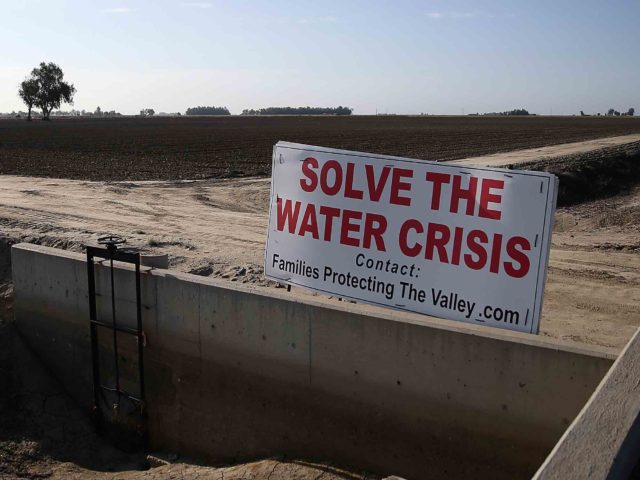The California Department of Water Resources hopes to learn from how Cape Town, South Africa, copes with running out of water in the next 90 days.
The Western Cape region of South Africa was unprepared to handle three consecutive years of severe drought. Major dam levels have fallen from a 41.6 percent last year to 26.6 percent at year end, according to VinPro. Despite the intensifying drought last year, almost 4 million tourists visited the South African Cape for its beaches, surfing, and wine.
Cape Town is the second-most populous city in South Africa. Founded by the Dutch East India Company on the shores of Table Bay, metropolitan Cape Town’s current estimated population is 3.74 million.
But Cape Town public health officials are calling for a “Day Zero” by mid-April. Dam water levels at that point will have fallen to 13.5 percent — a level so low that no water can be pumped through the city’s extensive water distribution system.
Mayor Patricia de Lille implemented a water rationing regime late last year that required residents to cut use to about 13 gallons a day. But she warned on Jan. 18: “Despite our urging for months‚ 60% of residents are callously using more than the 23 gallons per day.” She does not believe people will comply, and Day Zero will be around April 12.
California public health officials estimate that regardless of years of trying to reduce water use, state residents still consume an average of 88 gallons a day. That compares to the U.S. national average of 150 gallons a day, the most of any nation on the planet.
California once had the best infrastructure of any state in the nation. But Breitbart News reported that the American Society of Civil Engineers (ASCE) estimated in 2013 that California had a $65 billion public infrastructure deficit for adequate investments in dams, waterways, airports, roads, bridges, seaports, and tunnels.
In a grim warning that should have been heeded before last year’s near-collapse of the 770-foot high Oroville Dam, ASCE’s “Infrastructure Report Card” awarded a national low “D” grade for levees / flood control as California’s most neglected sector.
But rather than investing in traditional water system infrastructure, California’s Democrat-controlled legislature over the last decade has prioritized preparing for climate change and perpetual droughts by plugging $25 billion of infrastructure dollars into high-speed rail, water efficiency, renewable energy subsidies, and clean energy rebates.
Breitbart News reported that the private sector has opened a $1 billion desalinization plant in Carlsbad, and another $1 billion plant is under construction at Huntington Beach. Local water districts will pay about $2,257 per acre-foot for this energy-intensive water, about three times the $800 cost per acre-foot cost of the water from the San Joaquin Delta.

COMMENTS
Please let us know if you're having issues with commenting.